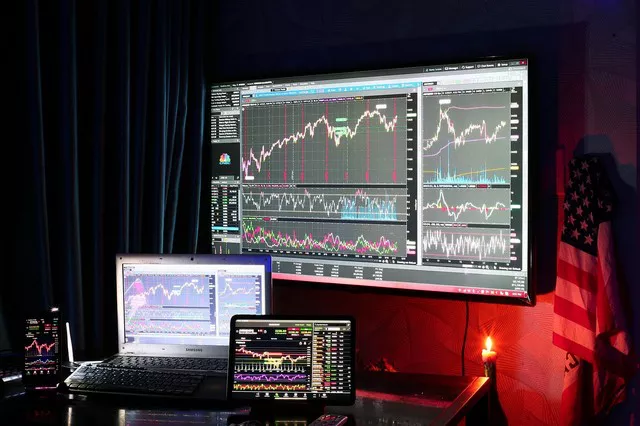Introduction to Sugar Trading:
Sugar, a ubiquitous sweetener found in countless products worldwide, plays a significant role in the global economy as a traded commodity. From sweetening our morning coffee to fueling industrial processes, sugar holds a crucial position in various industries. Understanding the dynamics of sugar trading, including the primary markets, contract specifications, trading hours, factors influencing prices, historical trends, and risk management strategies, is essential for both seasoned investors and beginners looking to explore this market.
Primary Markets for Sugar Futures
Sugar futures are primarily traded on major commodity exchanges worldwide. One of the most prominent exchanges for sugar futures trading is the Intercontinental Exchange (ICE), where participants can trade various sugar contracts, including raw sugar and white sugar futures. Other exchanges, such as the Chicago Mercantile Exchange (CME) and the London International Financial Futures and Options Exchange (LIFFE), also offer sugar futures contracts, providing traders with multiple avenues for participation in the market.
Contract Specifications
Understanding the specifications of sugar futures contracts is crucial for traders to effectively navigate the market. Contract sizes typically vary depending on the exchange and the specific contract being traded. For example, a standard sugar futures contract on the ICE might represent 112,000 pounds of raw sugar, while contracts on other exchanges could have different sizes.
Tick values, which denote the minimum price movement of a futures contract, also vary among exchanges. Traders should familiarize themselves with these specifications to accurately assess potential profits or losses. Additionally, contracts may be settled either physically, where the underlying commodity is delivered upon expiration, or financially, where cash settlements are made based on the contract’s value at maturity.
Trading Hours
Sugar futures trading hours are determined by the operating hours of the exchanges where they are listed. Since sugar is a globally traded commodity, trading hours span multiple time zones to accommodate participants from around the world. For example, trading on the ICE typically begins in the early morning hours of London time and continues throughout the day, overlapping with trading hours in other major financial centers.
Factors Influencing Sugar Prices
Several factors influence the price of sugar in the global market, ranging from economic indicators to environmental conditions and geopolitical events. Economic factors such as supply and demand dynamics, changes in consumer preferences, and currency fluctuations can all impact sugar prices. Additionally, weather patterns, crop diseases, and agricultural policies in major sugar-producing regions can affect supply levels and contribute to price volatility. Moreover, trade policies, government subsidies, and geopolitical tensions can influence the flow of sugar across borders, further impacting prices.
Historical Price Trends
Analyzing historical price trends can provide valuable insights into potential future movements in the sugar market. By examining past price data, traders can identify patterns, trends, and key support and resistance levels that may influence future price action. Historical data can also reveal correlations between sugar prices and other economic indicators or commodities, allowing traders to make more informed trading decisions.
How to Trade Sugar Futures
For those new to sugar futures trading, getting started may seem daunting. However, with the right knowledge and tools, beginners can navigate the market effectively. Before diving in, it’s essential to educate oneself about the basics of futures trading, including market mechanics, order types, and risk management strategies. Additionally, utilizing simulation or demo accounts offered by brokerage firms can provide valuable hands-on experience without risking real capital. As traders gain confidence and experience, they can gradually develop and refine their trading strategies to suit their objectives and risk tolerance.
Risk Management
Managing risk is paramount in futures trading, and sugar futures are no exception. Traders should implement risk management strategies to protect their capital and mitigate potential losses. This includes setting stop-loss orders to limit downside risk, diversifying portfolios to spread risk across multiple assets, and avoiding overleveraging positions. Additionally, staying informed about market developments, conducting thorough research, and maintaining discipline in executing trading plans are essential components of effective risk management.
In conclusion, sugar trading is a dynamic and multifaceted market with opportunities for traders of all levels. By understanding the primary markets, contract specifications, trading hours, factors influencing prices, historical trends, and risk management strategies, traders can navigate the sugar market with confidence and skill. Whether seeking short-term profits or long-term investment opportunities, sugar futures offer a gateway to participate in the global commodity market and capitalize on price movements in this essential sweetener.


